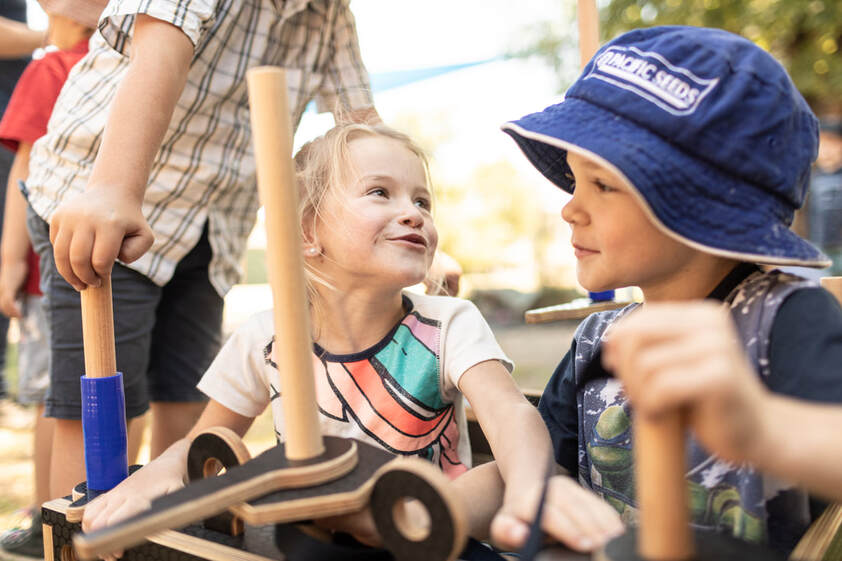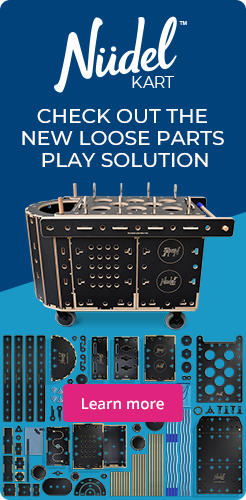4 Comments
Nüdel
26/4/2022 03:21:04 pm
We totally agree :) inclusive spaces make the world of difference for children! Glad to hear you enjoyed the piece!
Reply
I like that you talked about how having an intersection for the playground to give kids more opportunities to interact and play together. I will keep that in mind when I buy playground equipment and get the help of experts to design my backyard. It's a project that I always wanted to have for my kids as well as their cousins and friends when they come over to our place.
Reply
It's heartening to see initiatives like these that create spaces where everyone feels welcome and included. Inclusivity in design is not just about aesthetics; it's about fostering a sense of belonging and joy for everyone. Kudos to the team for making playtime a more enriching experience for all.
Reply
Leave a Reply. |
AuthorSOUR TEAM AT PLAYGROUNDIDEAS.ORG, A leading NGO on Play.... Categories
All
|
©2021 Nüdel Kart™ by Playground Ideas - An International NGO in AU. Reg. Des. 201911229 & 202112822



 RSS Feed
RSS Feed

